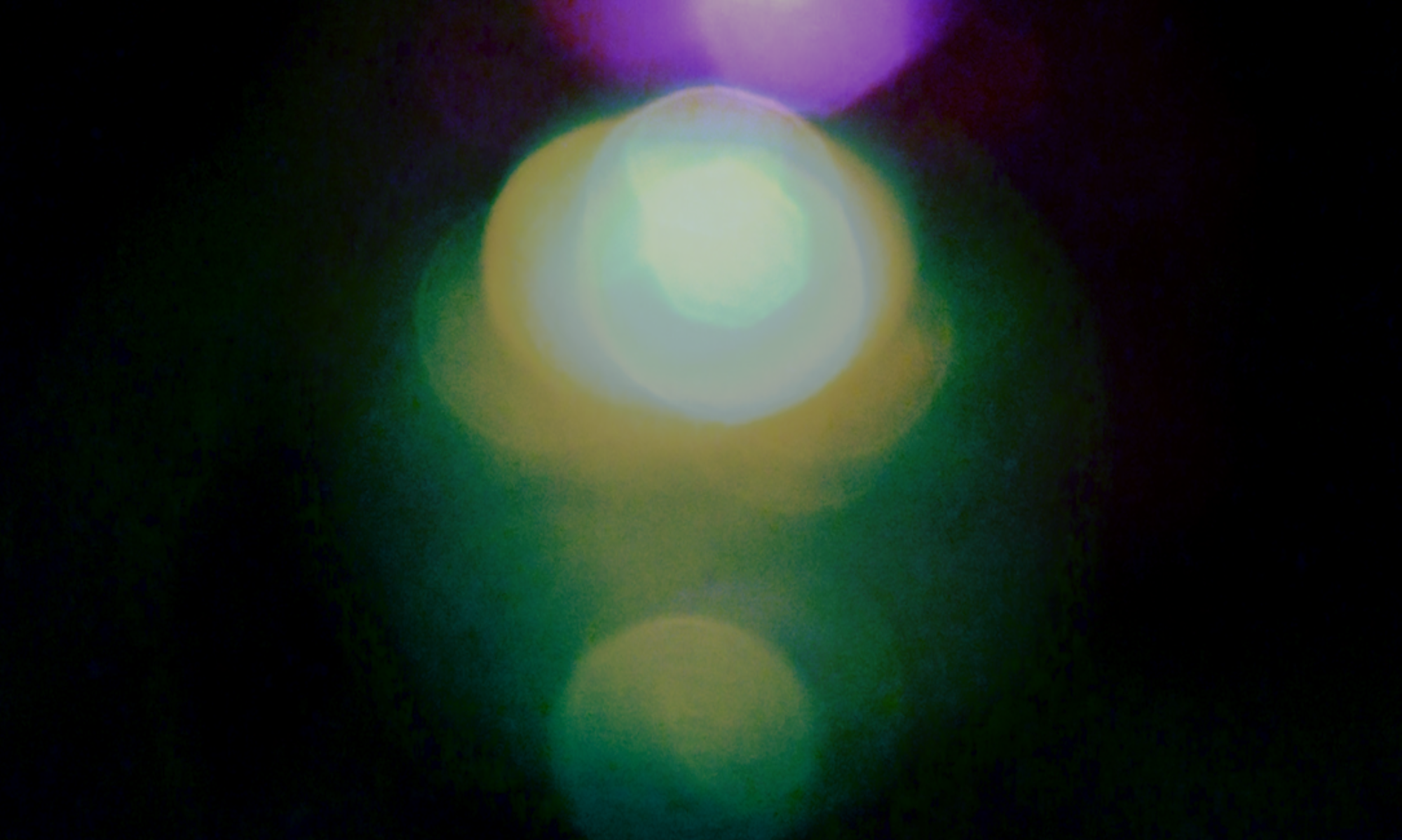The term synaesthesia describes a rare phenomenon where the trigger of one sense simultaneously and involuntarily triggers a second sense (Grossenbacher and Lovelace 2001: 36). The term also includes experiences that occur not by the stimulus of a sense but of a concept, which is called ‘synesthetic conception’, for example letters and numbers are of specific colours (Grossenbacher and Lovelace 2001: 36, original emphasis). People who are affected by synaesthesia, are called synaesthetes. They experience an unusual blending of the senses, such as ‘extraordinary sensations of colours, tastes, shapes etc., triggered by everyday activities such as reading, listening to music, eating, and so on.
Synaesthetes might see colours when they hear sounds’, which is known as ‚sound-to-colour synaesthesia’ (Simner 2012: 1; Ward et al. 2006: 266). [Many] synaesthetes, documented in previous research, […] perceive most of their synaesthetic images as colours, textures and shapes spatially arranged, either in an internal mental space or sometimes projected into the space around [them] (e.g. Cytowic cited in Simner 2012: 8; Dixon et al. 2004: 335-336; Chiou et al. 2013: 1755). A person with sound-to-colour synaesthesia can ’describe the movement of colours, and their relative positions within a mental space’ (Simner, 2012, p. 17-18).
There are at least 150 types of synaesthesia known today and approximately 4 per cent of the population are estimated to be synaesthetes (Day cited in Simner 2012: 2; Cytowic and Eagleman cited in Simner 2013: 149; Simner et al. cited in Asher and Carmichael 2013: 25).
References:
Chiou, Rocco, Stelter, Marleen and Rich, Anina N. (2013), ‘Beyond colour perception:
Auditory–visual synaesthesia induces experiences of geometric objects in specific
locations’, Cortex, 49: 6, pp. 1750–1763, https://doi.org/10.1016/j.cortex.2012.04.006. Accessed 25 May 2019.
Dixon, Mike J., Smilek, Daniel and Merikle, Philip M. (2004), ‘Not all synaesthetes are
created equal: Projector versus associator synaesthetes’, Cognitive Affective & Behavioral Neuroscience, 4:3, pp. 335–343, https://doi.org/10.3758/CABN.4.3.335. Accessed 25 May 2019.
Grossenbacher, Peter G. and Lovelace, Christopher T. (2001), ’Mechanisms of
synesthesia: Cognitive and physiological constraints’, TRENDS in Cognitive Sciences, 5:1, pp. 36-41, https://doi.org/10.1016/S1364-6613(00)01571-0. Accessed 15 November 2016.
Simner, J. (2012), ‘Defining synaesthesia’, British Journal of Psychology, 103:1, pp. 1–15, https://doi.org/10.1348/000712610X528305. Accessed 8 November 2016.“
Ward, Jamie, Huckstep, Brett and Tsakanikos, Elias (2006), ‘Sound-Colour Synaesthesia: to What Extent Does it Use Cross-Modal Mechanisms Common to us All?’, Cortex, 42:2, pp. 264-280, https://doi.org/10.1016/ S0010-9452(08)70352-6. Accessed 25 May 2019.
Further Information:
www.synesthesia.info
www.uksynaesthesia.com
The Oxford Handbook of Synesthesia
Editors: Julia Simner and Edward M. Hubbard
Oxford University Press, 2013
ISBN: 9780199603329
Published online: Dec 2013
DOI: 10.1093/oxfordhb/9780199603329.001.0001
